- Umang Sagar
- Attack, Recent article
The Attacks Of 26/11
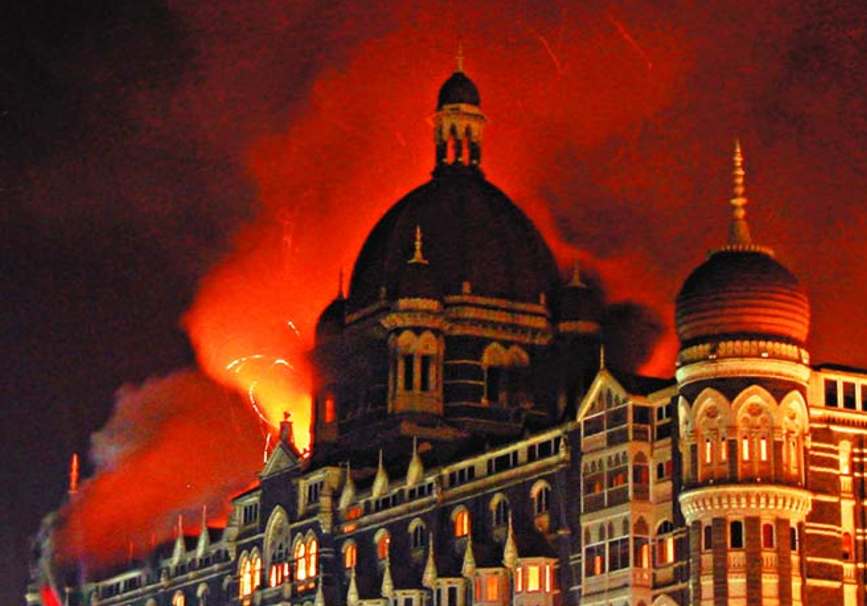
Terrorism is a commonly known term in the entire world, due to the common occurrences of terrorism in human society.
The GTD defines terrorism as “The threatened or actual use of illegal force and violence by a non-state actor to attain a political, economic, religious, or social goal through fear, coercion, or intimidation”, and the Britannica agrees with this meaning.
Terrorist Attacks mean exactly what the words suggest. Any wide-scale attack done with the main objective of fulfilling a political scheme or anything along the same lines is called a terrorist attack, but it has also become defined by two more. Violence and loss of human lives.
Any terrorist attack, in the history of any culture of the world, has always had violence play a huge part. And all of them have concluded with the loss of multiple lives, innocent lives.
But alongside this, it has become a common misunderstanding by many around the world that all terrorist attacks are motivated by religious groups. This is not actually true. Rather than being solely motivated by religious disparities and the likes, it is also observed that many are also influenced by common societal problems like racism and xenophobia.
In simpler words, it can be said that the feelings behind terrorism are actually directed by the feeling of being looked down upon, of being discriminated against or stereotyped against.
One of the most commonly referred examples of a terrorist attack is the Attacks of 9/11. The series of attacks were on the World Trade Center (WTC), The Pentagon, and more, launched on the 11th of September, 2001, in the USA.
The attacks had resulted in the death of up to three thousand people and injuring six thousand more.
And just like this series of attacks by al-Qaeda, India too had a terrorist attack launched against one of her greatest cities, Mumbai. These attacks later came to be called the Attacks of 26/11.
The Attacks Of 26/11: An Introduction
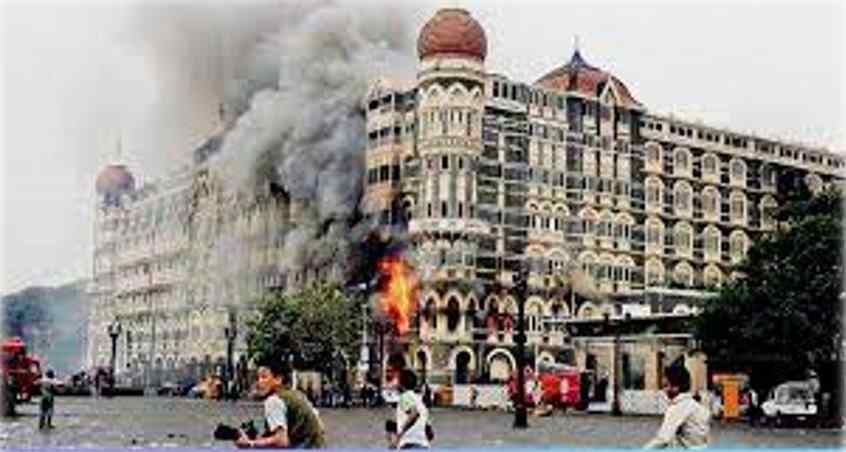
Taking place in Mumbai, one of the busiest hub cities of India, on the 26th of November, 2008, this series of terrorist attacks was one of the deadliest and bloodiest terrorist attacks against India.
The attacks took place over four days and had been organized by a terrorist group from Pakistan, known as the Lashkar-e-Taiba, more about whom you would be getting to know in the later subtopics. The group carried out 12 coordinated shooting and bombing attacks.
The series of attacks finally ended on the 29th of November, but by the time they had ended, more than a hundred and seventy-five innocent lives had been lost and more than four hundred were injured.
Since twelve coordinated attacks had been launched, the places too had been different. Eight of the twelve locations were in South Mumbai and an explosion in the port area of Mazagaon.
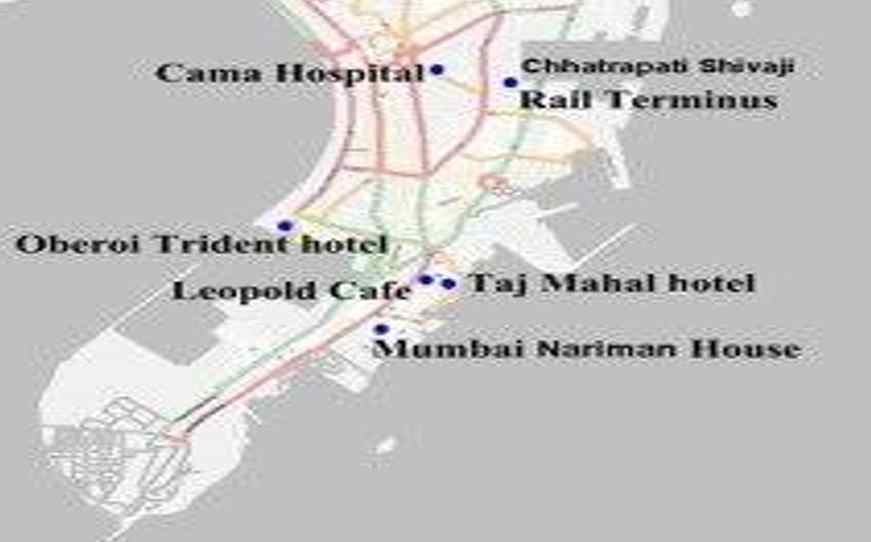
A comprehensive list of the locations is given below:
- Leopold Cafe
- Chhatrapati Shivaji Maharaj Terminus
- The Taj Mahal Palace Hotel
- Oberoi Trident
- Cama Hospital
- Nariman House
- Metro Cinema
- Xavier’s College
Of all these places, by the morning of the 28th of November, only the Taj Mahal Hotel was still not secured.
The NSG then conducted Operation Black Tornado to end the dark days.
Little was anyone aware that the aftermath would have many consequences and plunge the country back into the abyss of distrust and rage and fear.
How The 26/11 Attacks Were Carried Out?
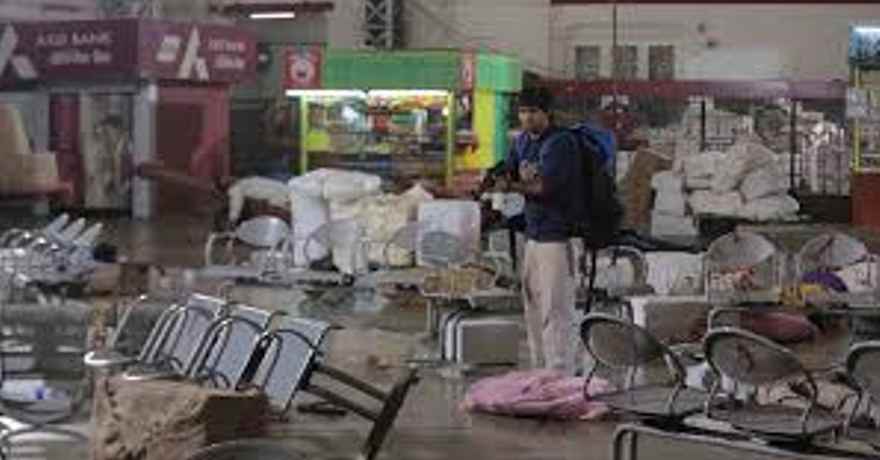
The terrorist group that was involved in the attacks of 26/11 was the Lashkar-e-Taiba, a militant Islamic group that conducts operations against India and is based in Pakistan.
There were ten terrorists who had been sent out to launch these coordinated attacks. They arrived in the port city of Mumbai by hijacking a fishing boat and killing its crew. When they neared the port, they moved onto smaller boats, known as dhingies, and moved to enter the city via locations near the city’s Gateway of India monument, where they split off into smaller teams for mobilization and a far more widespread terror attack.
Before being sent out, they were trained for these attacks in the training camp of the militant group and learned tactics like guerilla warfare as well. This information was revealed by Kasab, a native of the Pakistan Punjab Province. Their training had included psychological traits and basic combat training, and later on, it was revealed that they also learned advanced combat training as well as commando training. They even had indoctrination training.
Kasab had further revealed, before withdrawing his statements later, that the group of trained terrorists had been to the headquarters of a related group, known as the Jammat-ud-Dawa, in the city of Muridke before traveling from Punjab to the port city of Karachi and setting out for Mumbai by sea.
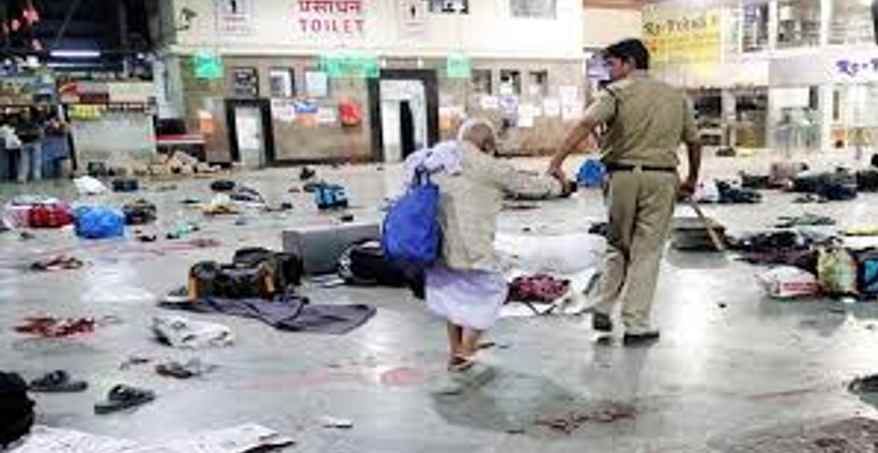
Kasab, whose later statements turned out to be a huge source of information for filling the gaps in the information that had been provided earlier, was later put on trial and while his trials were delayed and even stopped once, was proved guilty in 2010 and finally executed two years later.
Before the confessions of Kasab, many had assumed that the terrorist attacks were the work of al-Qaeda. Yes, the same one which carried out the attacks of 9/11. This assumption had come about because of the terrorists’ focus on the grand and luxurious hotels. Because of Kasab, the truth behind the identity of the attackers was revealed.
As the sole survivor among the attackers, Ajmal Kasab also revealed a few key points of how the attack had been coordinated.
Armed with automatic weapons and hand grenades, the terrorists targeted civilians at numerous sites in the southern part of Mumbai, including the Chhatrapati Shivaji railway station, the popular Leopold Café, two hospitals, and a theatre. Though most of the attacks were over within a few hours, they continued in three locations.
These locations were the Nariman House, which housed a Jewish outreach, and the luxury hotels, Oberoi Trident and Taj Mahal Palace Hotel. These locations were where hostages were taken and most were held at gunpoint. The officials, military, and police had to work cautiously to secure these locations. The last one to be secured was the Taj Mahal Hotel, but by that time, the casualties had exceeded a hundred.
What Happened To The Attackers? The Try To Push The Blame
Kasab was a well-known name, for he had worked closely with the Lashkar-e-Taiba to get the terrorists to their final destinations and was also known for being the sole survivor of the terrorists and the one who had confessed and revealed all about the training and ideas about the Lashkar-e-Taiba to begin this terror period in the country. If not for his information, many would have blamed al-Qaeda were responsible for the attacks.
A lesser-known individual is David C. Headly, a Pakistani American. He pleaded guilty three years after the incident, in 2011 and claimed that he had been helping the terrorists plan the attacks. At the beginning of 2013, the US Federal court sentenced him to 35 years in prison.
An interesting point to note is that while the investigation behind the attacks was going on, and speculation about the identity of the terrorists was rampant, a mail was received that claimed that an unknown group by the name of Mujahideen Hyderabad Deccan was behind the Mumbai Attacks.
This was later debunked when the e-mail was later traced to an IP address in Pakistan and so, it was revealed that no such group or organization had ever existed.
The Aftermath Of The Attacks

The series of brutal attacks, quite obviously, left the country in a state of crippling fear and rage, and the media in a very precarious situation. In the consequent years, most of the country still had the attacks of 26/11 in the back of their minds. This holds true in the current Indian society too. Even though more than a decade has passed, the victims and casualties of the attacks are honored and more on this is continued near the end of this article.
Now that it has been established that the attacks left a huge psychological effect on the country and that they will always hold a place in the history of our country as one of the darkest, most helpless days after the independence of India, there are so many things, so many details that are never sought out by the public and the citizens (with good reason, even I have tears in my eyes as I am writing this article).
But let us continue with these details. The subsequently following topics are all a part of the aftermaths of the effect.
- What role did the media play?
- What did the investigations reveal?
- Reactions.
- Side Topic.
- Mistakes during 26/11 NSG.
- 13 years later
- Adaptations.
What Roles Did The Media Play?
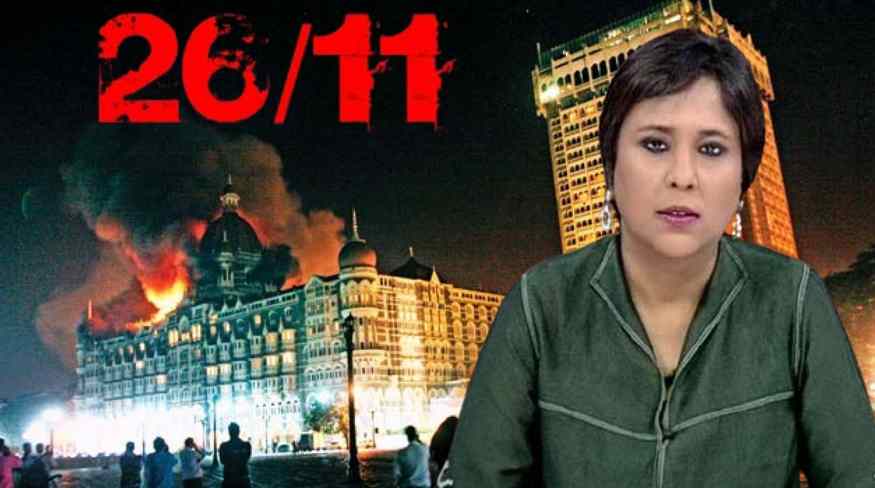
Even with the hundreds of deaths and injured increasing in the count, the media stormed into the scenes and locations of the attacks, interviewed family members, who were terrified for their loved ones and the injured, who had been traumatized by the attackers and witnesses who had seen, firsthand, the brutality of the terrorists. This complete disregard for the mental health of an individual for a trending story was and still, absolutely abhors. But this was during the aftermath.
Their attitude during the ongoing attacks was even more outrageous.
When the first attack was launched, the media was immediately on the heels of a ‘hot story’. Their chase to increase their TRP, many media houses, in the name of professionalism and ‘Rights of Expression’ for the media, created a lot of problems and obstacles for the soldiers and officials involved in trying to stop the attacks.
Their attitude indirectly helped the terrorists and the masterminds behind the attacks, broadcasting the terror into the hearts of people all around the world and also contributing indirectly to generating the feeling of distrust among the citizens towards the Government and the Army/Police.
This outrageous behavior also put the hostages in extreme danger, but, like always, media houses seemed to give priority to their rating and the number of views they were getting instead of the safety of the innocent citizens who were being held at gunpoint as hostages, watching a scene play out and doubting their eyes as they bore witness to the brutality of the terrorists as they killed and murdered young ones and adults alike.
They had been traumatized in there and after getting out (at least those who managed to get out alive), were being showered with questions upon questions by the media outlets. No time to recuperate, no time to be relieved that they had survived, no time to mourn for the loved ones they had lost, no time to mourn and thank the ones who had died in their stead.
What Did The Investigations Reveal?
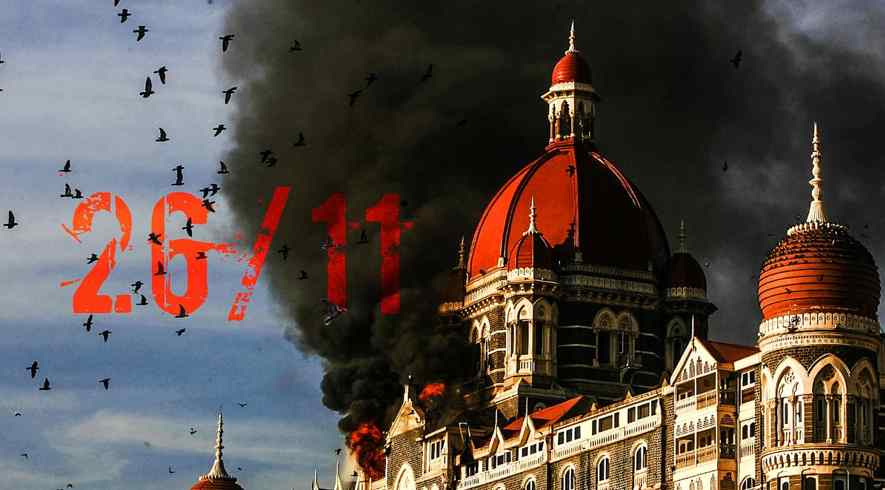
Much of the rudimentary investigation involved finding out how the attacks took place and how the terrorists got into the country in the first place.
The investigation yielded the following results.
The attackers entered the country by sea route, hijacking an Indian fishing vessel and occupying it.
The American Pakistani, Headley, traveled extensively and was the one who used his networking skills to scout high-end places which would cripple the country to be the target of the attacks. He and an Indian Lakshar operative, Faheem Ansari, were the ones who scouted the targeted locations.
The attackers used satellite phones and cell phones for communing. In transcripts intercepted by Indian authorities between the attackers and their handlers, the handlers seemed to be providing the attackers with encouragement, tactical advice, and information gained from media coverage.
The attackers used both personal cell phones and those obtained from their victims to communicate with the news media. To further confuse the Indian authorities, the attackers were, although encouraged to kill indiscriminately, also got in touch with media outlets to make demands in return for the hostages.
Zabiuddin Ansari, alias Abu Hamza, who was arrested in June 2012, revealed that the attacks were originally planned to be carried out in 2006, by using Indian youth for the job, but this was not followed through and the plan was abandoned.
Later, it was decided that Pakistani youth should be the ones to carry out the mission and the members were finally chosen in 2007. They were trained vigorously for a year, and then tried to carry out the attacks in September of 2008, but had to come back due to choppy waters. They managed to carry out the plan in November, unfortunately.
It was subsequently revealed by US officials that they had been warned by Headley’s wives that the man was involved with the Lashkar-e-Taiba and some plan was being hatched and that the US had also intercepted a message between the Pakistan HQ and the Lashkar-e-Taiba on the sea on the 18th of November, eight days before the attacks took place. Maybe, if more of the plan had been known, the impact of the attacks could have been minimized.
After Ansari’s arrest, Pakistan’s Foreign Office claimed they had received information that up to 40 Indian nationals were involved in the attacks.
Along with these arrests, also came news of trials and delays in the trials due to various reasons. The involvement of many sleeper cells in India, influential Pakistani and foreign officials in the attacks of 26/11 led to more distrust brewing in the minds of the citizens.
Reactions
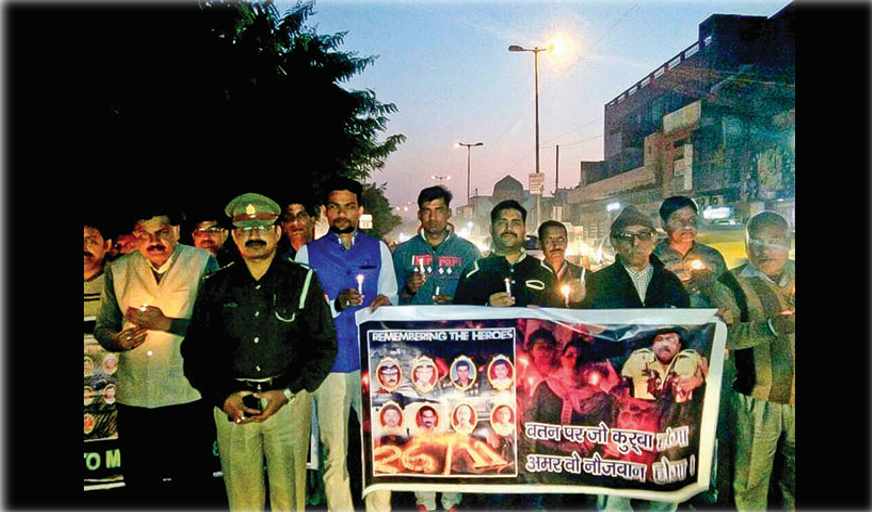
The reactions of the citizens were, reasonably, fear, distrust and of course, terror. More so, it became a common sight to see many people walking with their heads down, and fear visible to the naked eye of many citizens. No one knew what could happen next.
Additionally, it was common to see the outraged public influencers on social media, documenting each and everything that had happened in the attacks of 26/11. Many families went on to light candles in front of the Gateway of India monument, in the vigil of those who lost their lives in the attacks, be it citizens or officials alike.
Many Muslim communities refused the burying of the nine attackers on their turf, which showed much of the hatred that the attacks had faced from the Muslim communities that were settled in the country of India.
Influential personalities like Aamir Khan, a popular Indian actor, pleaded for the people to observe a memorial/remembrance day on the 9th of December.
Many further criticized the National Security Guard (NSG) for being late in reaching the three locations.
Before the NSG was deployed, there was much confusion among the officials and authoritarian figures.
Earlier, it was mentioned that one of the plans of the terrorists involved confusion regarding the attacks. Well, in simple words, they succeeded. It took some time for the officials to recognize that the attacks were mobilized, widespread terrorist attacks instead of a simple gang war.

This, further combined with the lack of arms among the Mumbai Police was a particularly problematic situation. The intensity of this was further increased when the Mumbai Police, after realizing that they were outnumbered too, found that the senior officers were tackling the terrorists. The loss of three senior officers in this manner dealt a heavy psychological blow to the other officers.
NSG also faced heavy criticism for their delay, which will be covered under the topic, ‘Mistakes During 26/11’.
Side Topic: Conspiracy? Or Coincidence?
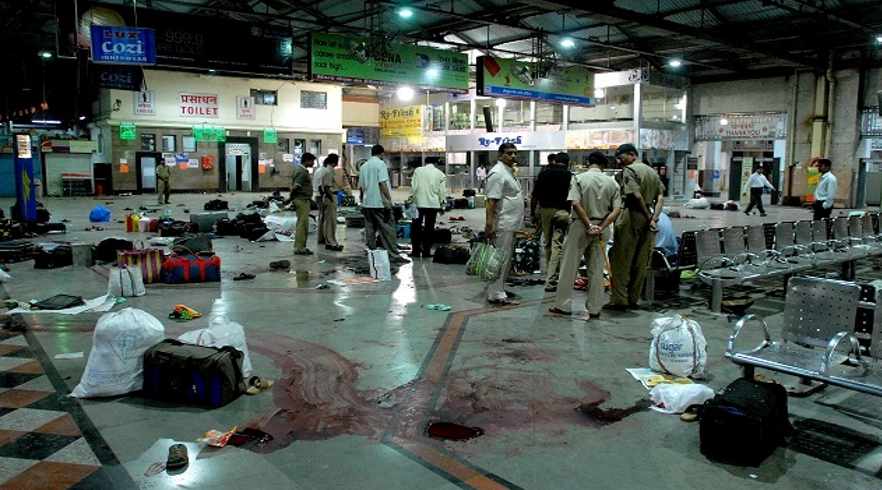
It was well-known that there were a lot of mistakes that had been observed, one of which was the heavily criticized delay of the officials to mobilize the troops. Many aren’t aware that a nine-member high-level team, who were the main team who were required for taking key decisions during similar attacks, was in Pakistan during that time. The team comprised of officials from India’s Home Ministry and other security agencies, led by none other than the then Union Home Secretary.
Now, with this fact in front of us, the question arose that was this a deliberate move on part of our neighboring country who was behind this attack? Or was it just a coincidence that the very team specializing in the response of similar attacks was in Pakistan during that time?
Just something to ponder on, while you continue to read why the delays that happened during the response to the 26/11 attacks happened.
Mistakes During The 26/11 Attacks Response
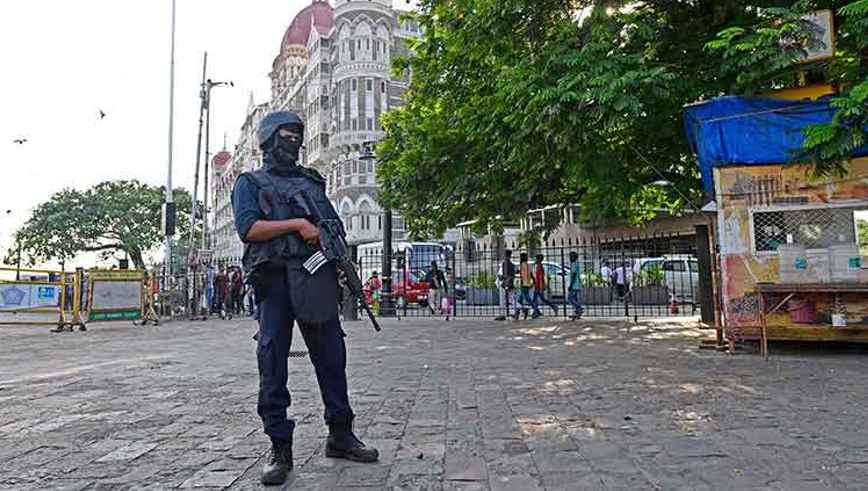
There were many mistakes that were made while handling the 26/11 attacks. These, of course, included the indecisiveness of the officials in determining whether the attacks were terrorist attacks or just a simple gang war.
Further, the NSG was the one who faced heavy criticisms. This was because there was a ten hours delay by them.
Let us now look at why this delay happened.
First of all, the grave overlook on part of the officials was their ignorance towards the many reports by the fishermen and workers in the portside who reported the suspicious men who had entered the port. There was even a report on the smuggling of weapons through the sea routes, which was never looked into.
The next lack of insight was revealed by the lack of heeding of warnings from the US intelligence offices, who had warned their Indian counterparts multiple times about the high probability of a large-scale terrorist attack in Mumbai.
Because of this overlook in security, there were no NSG troops settled near Mumbai, which has been the site of multiple terrorist attacks since the 1990s.
The NSG troops had to be mobilized from Haryana, but later realized that their main air transport was in Chandigarh, Because of this, they had to take a smaller aircraft which was only capable of transporting 120 members at a time. This, in addition to the fact that it had to be constantly refueled, delayed the arrival and mobilization of the NSG by ten hours, giving extra time to the terrorists.
Another grave mistake turned out to, well, the media of the country. This has already been covered in a separate topic for them because much of what the media did only helped in the obstruction of the operations of the officials and their constant broadcasting turned out to be highly advantageous for the terrorists and their handlers.
There was also much speculation about the lax security on the sea routes, for the arrested LeT members had revealed that their team had made two attempts to get into the country and both times, had gone undetected, right under the officials.
13 Years Later
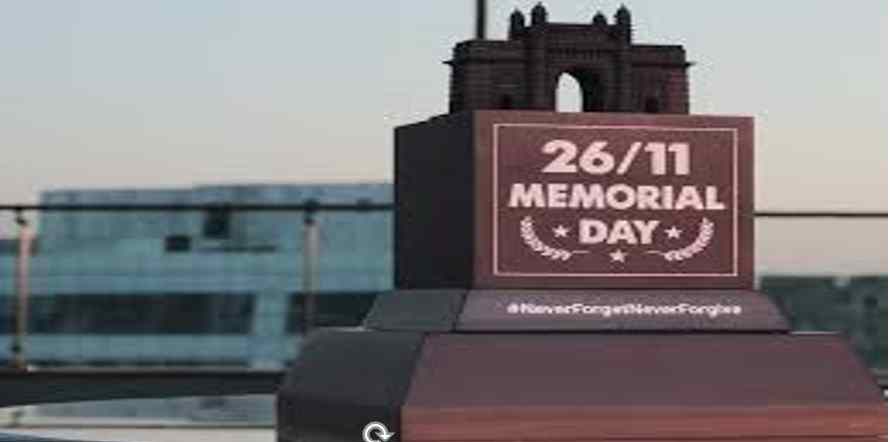
Recently, on the 13th anniversary of the brutal Attacks of 26/11, many great leaders and highly influential personalities of India came together and gathered to honor the victims of the attacks of 26/11.
The leaders paid homage to the soldiers who had sacrificed their lives and the brave souls who had been caught up in the attacks but had been able to help many to sneak out and escape from the locations, like the kitchen staff in the luxury hotels.
This was just another reminder that the attacks of 26/11 would never be forgotten.
Adaptations Of The 26/11: ‘Awareness Is Important
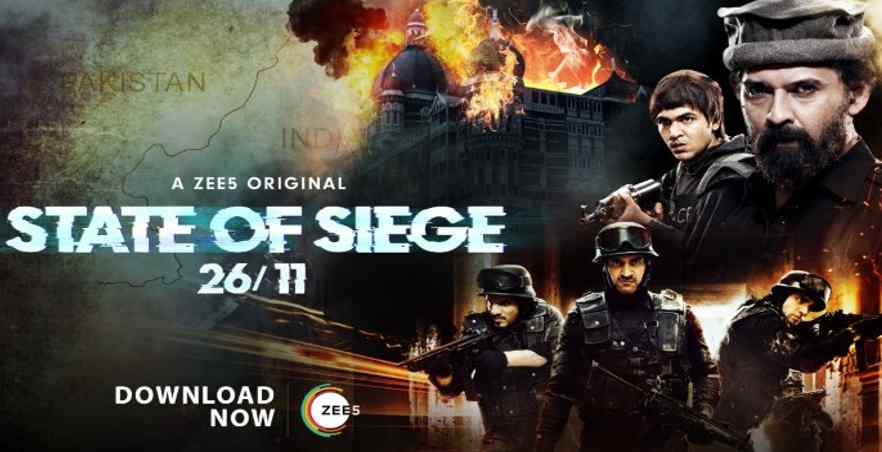
With how much impact the 26/11 attacks had, it was inevitable that it would also have many adaptations.
Series like Operation Black Tornado and The Siege Within, both of which aptly portrayed the entire attacks and spread information about the workings of the attackers and the workings of the Indian officials.
There was also a movie adaptation, The Attacks of 26/11, which included Nana Patekar, a highly talented Indian actor as one of the main characters.
Below is a comprehensive list of the movies, books, and films that have been adapted from these true events:
- Operation Black Tornado
- The Siege Within
- Mumbai Diaries
- Hotel Mumbai
- One Less God
- The Attacks of 26/11
- Phantom
- The Mumbai Avengers
- The Siege: The Attack on Taj
- 14 Hours: An Insider’s Account of the 26/11 Taj Attack
- Black Tornado: The Three Sieges of 26/11
- 26/11 Mumbai Attacked
- The Betrayal of India: Revisiting the 26/11 Evidence.
Top 13 Interesting Facts About 26/11 Attacks
During 26/11, only one of the attackers survived, and his trials were delayed a lot of times until it was revealed that he wasn’t underage and could not be tried by a juvenile court.
While the attacks took place over four days, most of the deaths only occurred in the first few hours of the attack.
The Muslims based in India refused to bury the bodies of the dead attackers on their turf, indirectly implying that they felt no kinship with the dead.
Instead of the attacks being in November, it would have been in October, if not for the boat of the attackers sinking due to choppy waters.
The New York Times once referred to the attacks of 26/11 as the ‘well-documented terrorist attack ever.’
The training that the terrorists underwent was brutal. They also went through Marine Corps training while commando training was going on.
The amount of planning that went into these attacks was astonishing and each tactical plan was carried out with preciseness.
Even though Mumbai was a common site for terrorist attacks, there still weren’t NSG troops stationed nearby.
The attacks involved psychological warfare too, in which, unfortunately, the Mumbai police lost after witnessing the death of three senior officers.
US Officials sent multiple warnings to their Indian counterparts about potential attacks on Mumbai.
US Officials also recorded a transcript between the terrorist group and their handlers while they were at the sea.
K. Dutt, who was the Captain for the NSG during 26/11, died of covid-19.
The terrorists used multiple local and international sims to continue communicating with each other.




